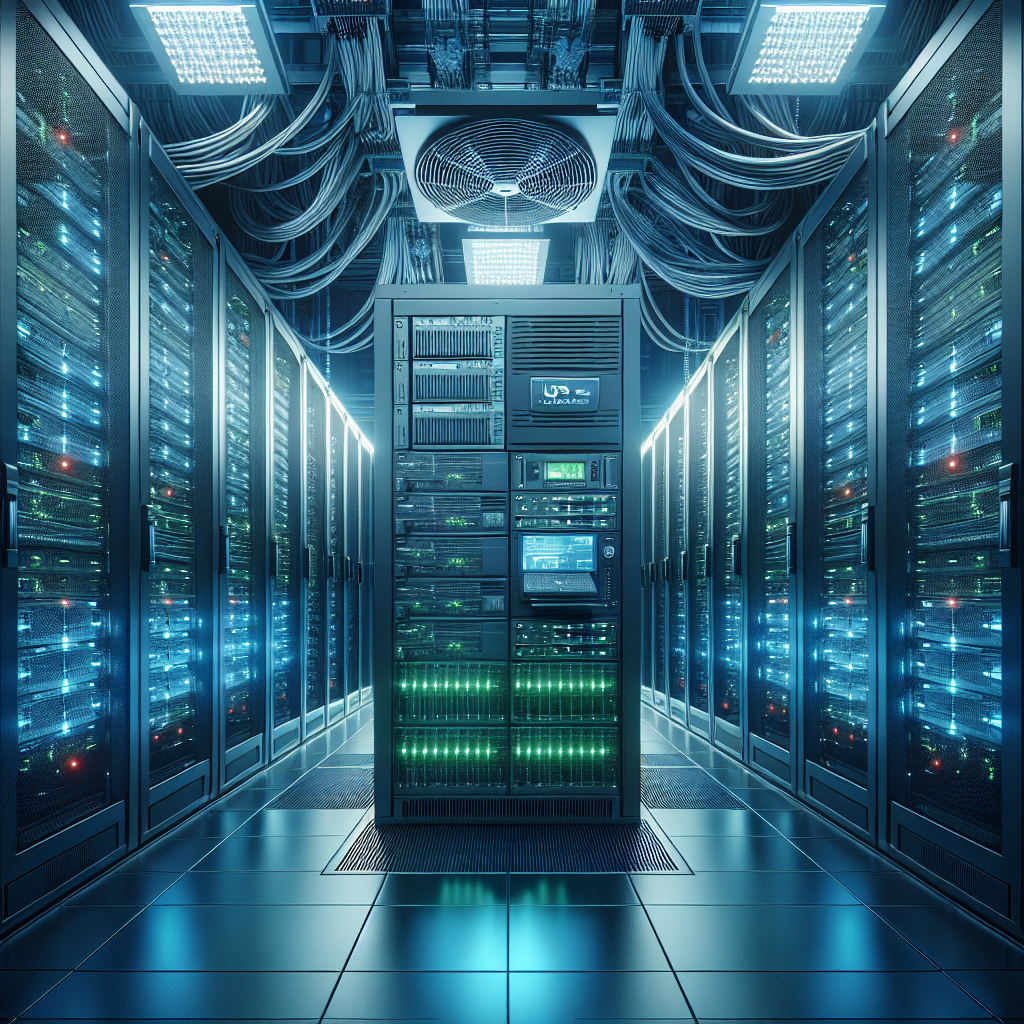In today’s digital age, data centers play a critical role in storing and processing vast amounts of information for businesses, governments, and individuals. As such, the reliability and performance of data centers are of utmost importance. Any downtime or interruption in service can have severe consequences, including financial losses and damage to a company’s reputation.
To ensure the reliability of data centers, many organizations are turning to predictive maintenance techniques. Predictive maintenance involves using data analytics and machine learning algorithms to predict when equipment is likely to fail, allowing for proactive maintenance before a breakdown occurs.
One of the key benefits of predictive maintenance is that it can help data center operators identify and address potential issues before they escalate into major problems. By monitoring the performance of critical equipment, such as servers, cooling systems, and power supplies, operators can detect early warning signs of impending failures and take corrective action to prevent downtime.
For example, predictive maintenance algorithms can analyze data from sensors installed on equipment to identify patterns or anomalies that may indicate a potential failure. By using this data to create predictive models, operators can schedule maintenance tasks at optimal times, reducing the risk of unplanned downtime.
In addition to preventing failures, predictive maintenance can also help data center operators optimize their maintenance schedules and reduce costs. By focusing resources on equipment that is most likely to fail, operators can avoid unnecessary maintenance tasks and extend the lifespan of their equipment.
Furthermore, predictive maintenance can also improve energy efficiency in data centers by identifying opportunities to optimize cooling and power usage. By analyzing data on equipment performance and environmental conditions, operators can make informed decisions about how to best manage their energy consumption, leading to cost savings and reduced environmental impact.
In conclusion, ensuring the reliability of data centers is essential for businesses and organizations that rely on these facilities to store and process their critical information. By implementing predictive maintenance techniques, operators can proactively identify and address potential issues before they impact operations, leading to improved performance, reduced downtime, and cost savings. As data centers continue to play a crucial role in the digital economy, predictive maintenance will be an essential tool for maintaining their reliability and efficiency.










